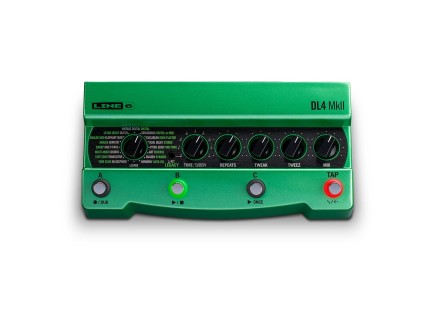If you look at the historical timeline of guitar effects, it would be easy to drop a pin every few years to signify the release of a landmark pedal. From the Fuzz Face to the Memory Man, many pedals have left their sonic signatures on the sounds of popular music. For many guitarists in the late 90s and early 2000s, the Line 6 DL4 was "that" pedal.
Now, over 20 years after it was first released, Line 6 has unveiled the DL4 MkII, a pedal that not only follows in the footsteps of the original but aims to continue carrying the torch that all delay pedals look up to. Read on to learn more about this pedal, where it came from, why the original was so significant, and what makes this new version so exciting.
Early Digital Effects & the History of the DL4
To understand why the existence of the DL4 MkII is such a big deal, it's important to look back and reflect upon the release of the original pedal, and consider what the world of effects was like back then.
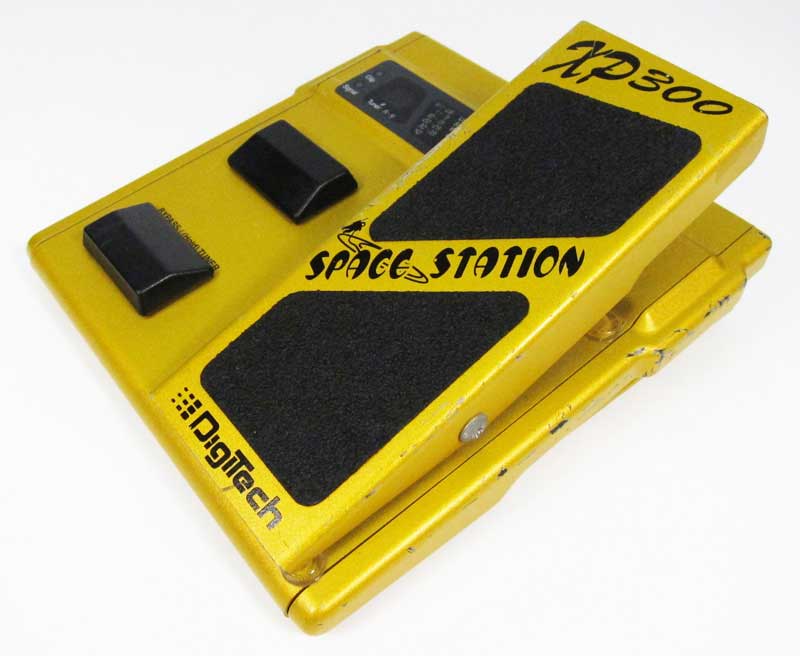 Digitech's XP-300 Space Station
Digitech's XP-300 Space Station
Like with synthesizers, pedal manufacturers were beginning to explore the capabilities of digital processors and microprocessors throughout the late 1980s and early '90s, both as traditional pedals and in rackmount formats. In their efforts to see what was possible, those adventurous pioneers of the digital frontier came up with some wacky yet lovable ideas along the way. Boss was cranking out quirky things like the PS-3 and RPS-10, Digitech was aiming for the stars with their XP-300 Space Station, and even studio gear legends Lexicon were getting experimental with performance oriented rack units like the Vortex. On the more practical end of things, many of these ideas and DSP advancements also led to the development of early multi-effects units. Boss came out with units like the ME-10 and GT-5 in the 1990s, which helped to solidify the formula of consolidating various effects into one digital box that could change and recall different settings on a preset-by-preset basis.
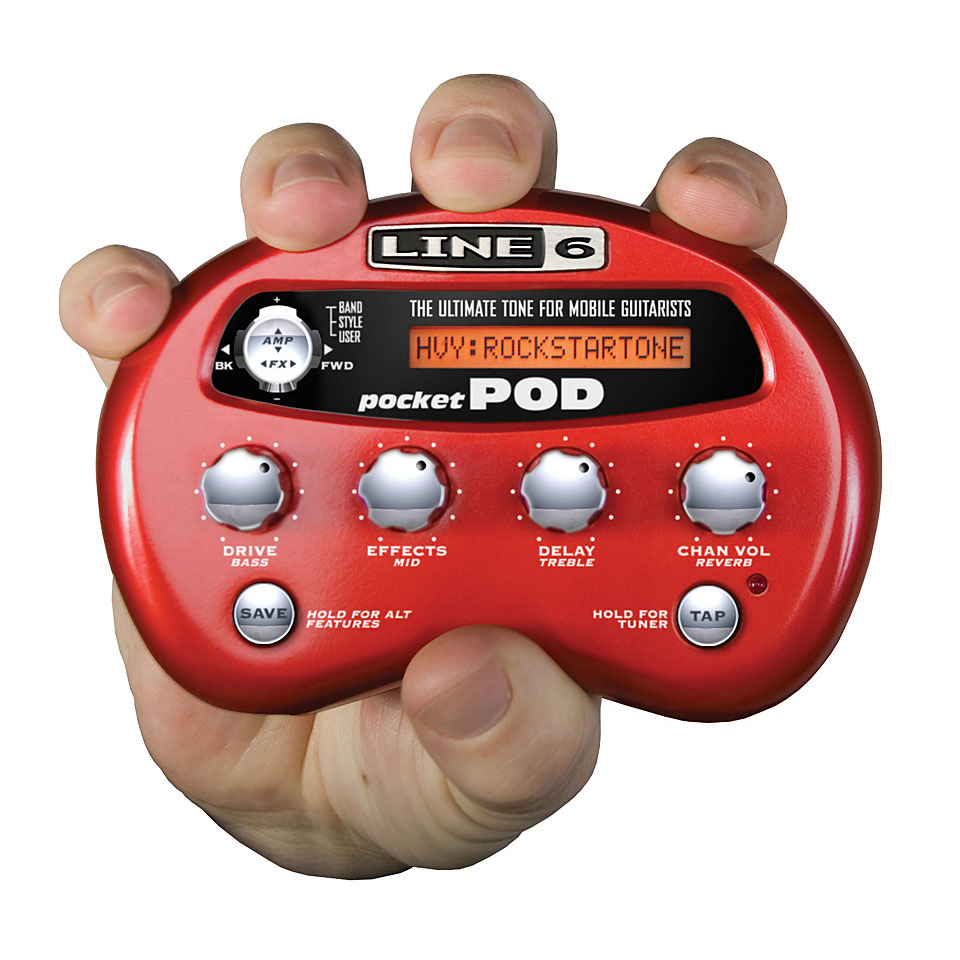
As established brands were putting out their digital effects in the mid-90s, newcomer Line 6 was a young, budding company riding the waves of success from their first products, having made a name for themselves by being the first to utilize digital modeling techniques on products designed for guitarists. As it pertains to guitars, modeling is a systematic approach to crafting DSP algorithms, aiming to accurately emulate the nuances of how real analog circuits behave in amps, speakers, and effects. Perhaps the most notable of their early products was the ubiquitous POD—the little red bean that single handedly laid the groundwork for the prevalence of amp and effects modeling in today's landscape of guitar recording and performance, both in the realms of hardware and software.
But after first releasing amps and studio-oriented processing units, Line 6 turned their attention to pedals. By nature, pedals are one of the easiest ways to change up your sound, and can go a long way in extending the sonic capabilities of your favorite guitar and amp combo. From a business standpoint, this was also a smart move—modeling was a brand new concept at the turn of the millennium, thus Line 6 had a better chance at getting their foot in the door with skeptical guitarists by delivering a stellar product in a format they were familiar with. Rather than packing every kind of effect into one unit, Line 6 took the approach of dedicated individual pedals focused on different effect categories, resulting in the MM4 Modulation Modeler and, of course, the DL4 Delay Modeler.
So What Made the DL4 So Cool?
Though powerful digital delays are the centerpiece of many pedalboards these days, the DL4 was something of a trailblazer way back in 1999 because there wasn't really anything else like it at the time. Sure, general multi-effect units were becoming commonplace, but their individual effects were fairly basic at best. Line 6's convincing and compelling approach to modeling an array of different delays combined with a direct, intuitive interface turned out to be the perfect recipe for success.
When it came out, very few pedals could offer the same flexibility and versatility that the DL4 offered. Nowadays, you can look at any flashy, multi-mode delay pedal and expect it to offer a gritty tape delay mode, a pristine digital delay, and probably a few other quirky modes. Almost all of those pedals can thank the DL4 for presenting different flavors of delay in this way. So while it wasn't the first multi-mode delay pedal by any means, it was the first to offer such variety in its delay modes—and boy, did Line 6 nail it.
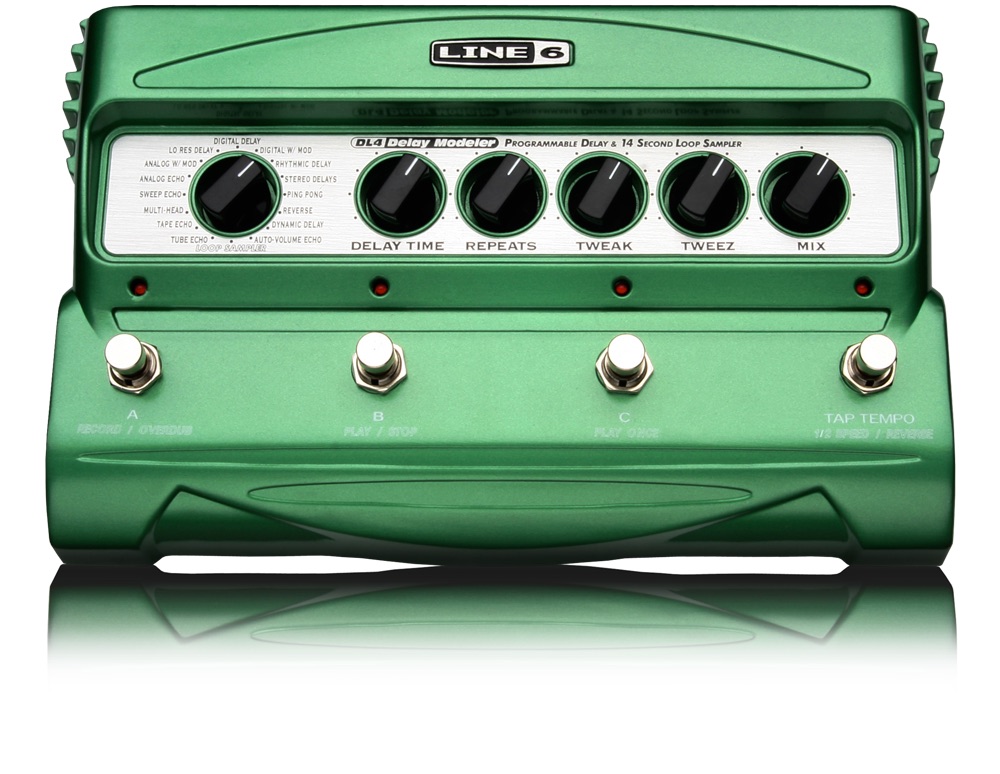
Even after 20 years, each of the 15 models on the DL4 is a joy to play through, and it doesn't take much work to get great sounds out of it. Simply choose a delay type—whether it be something more traditional like the standard Digital or Analog modes or something more adventurous like Reverse or Auto-Volume—dial in your delay time with the knob or tap tempo switch, and chances are you've got a solid sound to work with. From there, simply adjust Repeats and Mix to taste, and explore the mode-dependent Tweak and Tweeze controls for further sculptability. And if you want to come back to your sound, simply hold down any footswitch except for the rightmost one for three seconds, and you've saved that sound to memory. It couldn't be easier!
But perhaps the one thing that's more influential than all of the delay modes combined? The DL4's looper, by far, is the thing to which this pedal owes most of its creative legacy. Again, straightforward implementation is key here—set the model selector to Loop Sampler, and press record to get started. Once you're recording though, the DL4's options open up your creative pathways—tap record again to set the end of the loop and start overdubbing, or press play to end your loop and let it roll without recording on top of it.
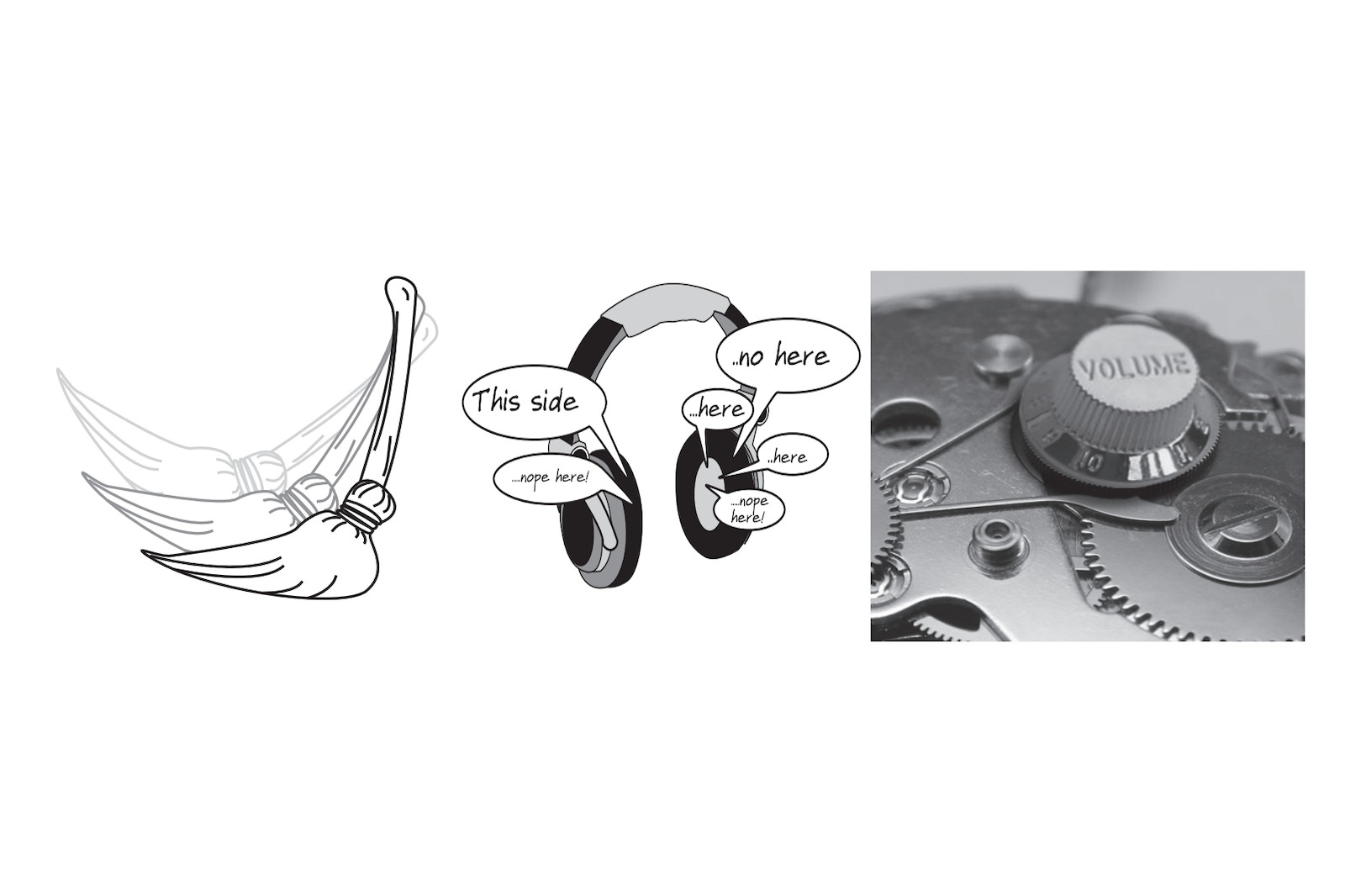 Doodles of the DL4 Delay Models from the Manual
Doodles of the DL4 Delay Models from the Manual
Alternatively, tap the rightmost switch a single time to drop your loop an octave into half speed, or double-tap it to reverse playback. By the way, you can still overdub onto your loop in either of those modes. Want to rhythmically engage your loop in time with the music? Tap the Play Once switch for one-shot playback. Even today, the maximum 14 seconds of loop time is still plenty of time to capture at least a couple of bars of your playing. Regardless, directly manipulating the playback of even short loops is where much of the DL4's magic can be found, becoming less of a traditional looper and more of a sampler, chopping tool, and beat repeat-style tool. Among the many artists out there to use it, one of the groups that truly mastered this side of the DL4 is Minus the Bear (guitarist Dave Knudson has been known to have up to four DL4s on his pedalboard at once!), and it can be heard across their discography from the mid-2000s onward.
Truthfully, while we certainly don't have anything bad to say about the delays, it could be argued that the straightforward experience of using the DL4, especially its looper, is a large part of what made it so popular…and of course, this has proven to be a defining aspect of music by Knudson, Tyondai Braxton (especially on early Battles recordings), Brian Chippendale/Lightning Bolt, Nick Reinhart/Tera Melos, and countless others.
Updates in the DL4 MkII
Now, over 20 years later, Line 6 has finally taken the opportunity to refresh the DL4, and it seems as if they've paid close attention to how it has been used across the past two decades. While there are certainly awesome new delay models to be found here, it's the smaller changes and quality-of-life updates that really make this new version special.
For starters, because Line 6 recognizes that so many DL4 users have built-up muscle memory over the years, the layout of the controls and footswitches is exactly the same as the original. Even for DL4 newcomers, being able to unbox this new pedal and employ the same techniques and tricks that could be done before is the perfect way to honor the legacy of the first DL4, and Line 6 was smart to handle things in this way. In fact, among the many new things that are included, you still have access to all 15 of the classic DL4 modes for your standard fare delay sounds.
But of course, the DL4 MkII isn't just a facelift of 20-year old delay algorithms, because there's plenty of new stuff to be excited about. Physically speaking, the pedal itself has slimmed down quite a bit, in large part due to the removal of the battery compartment—which by the way, we certainly won't miss keeping a stash of C batteries around. On top of the full stereo 1/4" I/O, the DL4 MkII adds an XLR input for microphones, freeing vocalists from the hassle of chaining together a number of cables and adapters that were previously necessary to record vocal loops. There's also full blown MIDI capabilities, supporting program and control change messages to jump between presets, modulate every parameter, and more.

And with all that Line 6 has done since the original DL4 was released, the 15 new delay modes borrow from the cutting edge power of their Helix and HX-Stomp processors. These modes promise to push the DL4 delays into totally new territories, from Glitch and Harmony models to the more abstract Euclidean and Cosmos models. In a welcome improvement, the Time knob now also provides tap tempo subdivisions, which makes it way easier to get something other than quarter-note delays.
Now what about the looper? Functionally, it remains just the same, except that the maximum loop time has been drastically increased from a mere 14 seconds to a gargantuan 240 seconds. That's just with the internal memory buffer, as you can drop in a microSD card to expand that time up to hours worth of recording time. This also means that loops can be saved, transferred in and out of the DL4 MkII, and stored across power cycles—and of course, this significantly extends the performance capabilities of this version well beyond what the original could do. Standard looping, reverse playback, half speed playback, and triggered one-shot sample bursts are all still possible, with the added advantage of significantly longer sampling time and memory recall.
With all that DL4 achieved in over 20 years of production, it's no surprise to see why we're so stoked on the new version. It's refreshing when a brand carefully reflects upon the ways their products have been used, and uses that as a starting point in iterating upon their existing designs. Line 6 could have decided to release a successor to the DL4 at any point in the last 20 years, but instead chose to wait until the time was just right. In our eyes, the DL4 MkII is the perfect way to build on that legacy.


